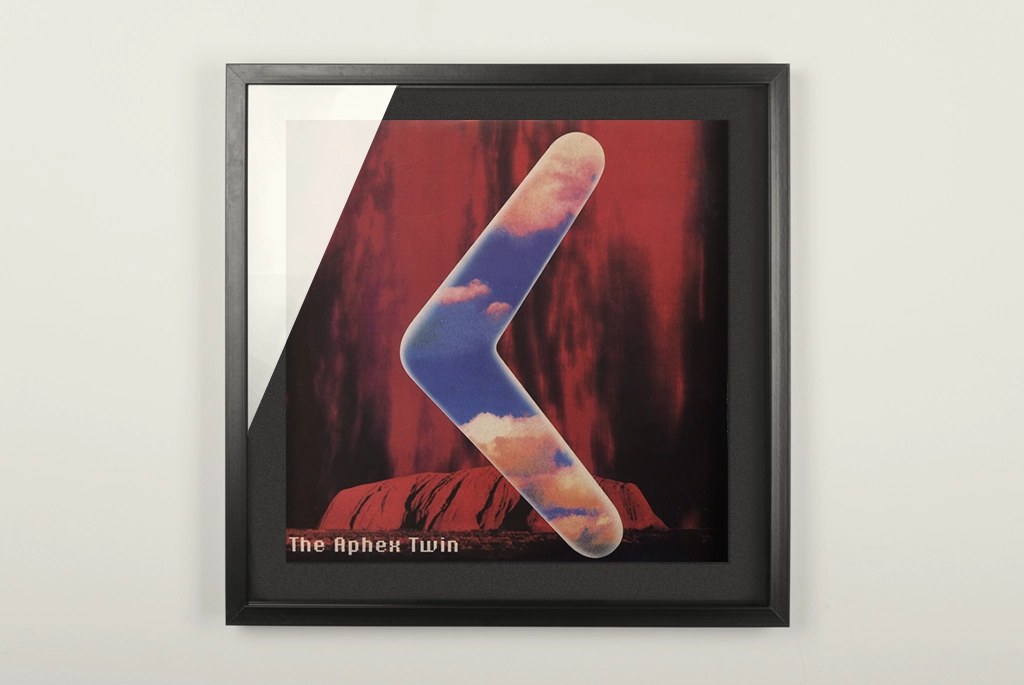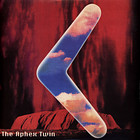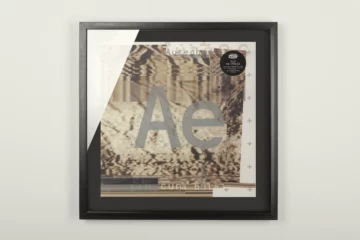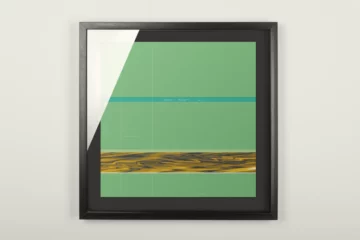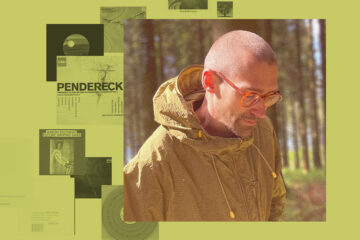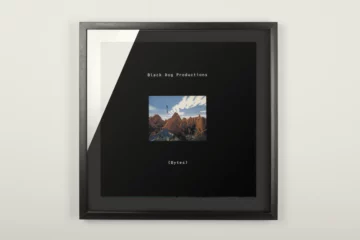Even if this phrase is reserved for future Hollywood stars and meteoric pop icons, it certainly applies to Richard D. James in the parallel universe of a flourishing underground Techno world. No other artist in the electronic music world of the 1990s caused as much commotion and amazement, garnered as much attention and respect and created as much myth as Aphex Twin. And he did so despite the then truly not scarce number of trailblazing and sometimes glittering fellow musicians around him, such as Future Sound of London, Orbital, The Prodigy, Autechre, Squarepusher, The Orb and your many other personal heroes of the exploding electronic world.
For the record, of course, the star birth began back in 1991, when Richard D. James made his debut as Aphex Twin on Mighty Force (»Analogue Bubblebath«) and Rabbit City Records (»Analog Bubblebath 2«), on which two of the four tracks of the subsequent “Didgeridoo EP” already appeared. With the »Digeridoo EP« on the Belgian label R&S Records in January 1992, however, he made the leap into visibility and won over the Hardcore Techno scene, which was becoming particularly strong on the European mainland.
Too late but still first
This scene was already a good two years old in 1992. The at least officially first Hardcore Techno track »We Have Arrived« by Mescalinum United had already been released in 1990 (Aphex Twin dedicated two remixes to it for R&S Records in 1992). Admittedly, if you want to get fully into the legend-building around Aphex Twin, there is even a good chance that he created his Hardcore tracks way before Mescalinum United. After all, he was already hammering out Ambient Techno, which was officially defined by The Orb and Carl Craig around 1990, from his manipulated devices almost five years earlier (see Aphex Twin’s »Selected Ambient Works 85-92«, on R&S’ sublabel Apollo).
»Ich habe einfach eigene Filter und Oszillatoren und andere Sachen gebaut«.
Aphex Twin
The fact that Aphex Twin generated a massive impact despite the delay of his release on R&S was mainly due to the fact that he gave Hardcore Techno a completely new sound on his »Digeridoo EP«. On the title track “Didgeridoo”, with which he had been imploding illegal raves since at least 1990, he not only pushed the upper limit of dance speed over the 150 bpm mark. More importantly, the sounds that formed his Hardcore were previously unheard of.
Aphex Twin had no interest in the presets and limitations of the at the time common techno machines from Korg and Roland (e.g. the TR-808, TR-909 and TB-303). »I got really pissed off with [the Roland 100M Monosynth]. I started customising my keyboards, then changing the components«, Richard D. James explained in a 1993 interview with Future Music. »I never made these from magazines; I like to do it myself. I just made filters and oscillators and stuff.«
A sign of things to come
Therefore, alongside the general ferocity of the genre, it was above all Aphex Twin’s sounds that, even in 1992 and still today, could simply scare the hell out of you when the ecstasy pill went askew in the dark. His alien pads in particular, which became Aphex Twin’s trademark over the first half of the 1990s and injected even his rawest, most reduced tracks with a claustrophobic depth and eerie warmth, gave the tracks their own individuality and otherness. Even the supposed didgeridoo on the title track of his first EP for R&S was created as a purely electronic drone, which took James several days to build.
»The drums didn’t sound like drums, the synths didn’t sound like synths«, music journalist Joe Muggs remembered his first Aphex Twin experiences in the early 1990s in a 2017 piece for Fact Mag . »It felt like it was emerging not from some guy just out of his teens’ bedroom, but from some fathomless pit full of old gods and new cyborg entities caught in flagrante.«
This approach would be the reason for Aphex Twin’s success and the many praises he would receive in the years to come. Time and again, the Cornwall musician revamped established genres, taking them to extremes, refining them or opening them up to other genres. From Jungle to Ambient and IDM to Drum & Bass and Electro-Pop. And if you look closely, his magnum opus »Drukqs« (2001, Warp) may even be the one that started Neo Classic rolling in the first place. The myth trembles.

